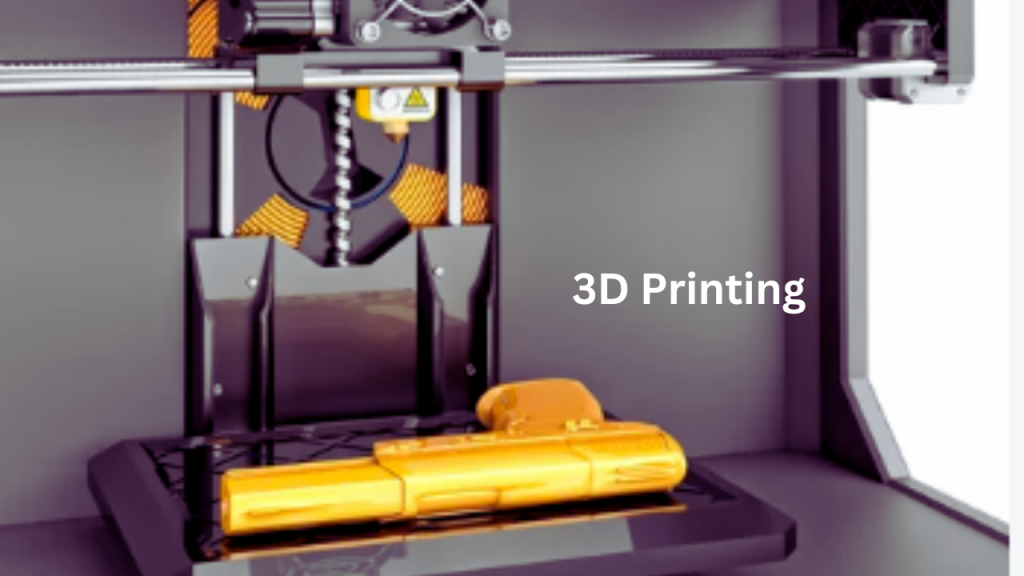The advent of 3D printing technology has brought about a revolution in manufacturing, bringing the power of creation into the hands of everyday consumers. One controversial application of this technology is the creation of 3D printed guns. These firearms, often referred to as “ghost guns,” are fully functioning weapons that anyone with access to a 3D printer can manufacture. As such, they pose significant legal and safety concerns.
Are 3D Printed Guns Legal?
The controversy surrounding 3D printed guns centers on two primary issues: the ease with which they can be created and their untraceable nature. Because they are made from plastic and lack serial numbers, these guns can evade metal detectors and are difficult for law enforcement to trace, creating a potential public safety risk.
Federal Law on 3D Printed Guns
Under U.S. federal law, it is technically legal for an individual to manufacture their own firearm without a license, as long as it is not for sale or distribution. This includes guns made using 3D printers. However, the firearm must still comply with all other federal laws, including the Undetectable Firearms Act, which prohibits the manufacture of guns that cannot be detected by metal detectors or x-ray machines.
In response to the growth of 3D printed guns, President Biden introduced a new rule in 2023 that treats these weapons like any other firearm. This means that “ghost guns” must have a serial number and be registered, making them traceable by law enforcement.
State Laws on 3D Printed Guns
State laws regarding 3D printed guns vary widely. In Texas, for example, current laws do not prohibit the manufacture of 3D printed guns. However, proposed changes would make it illegal to print a gun without a federal firearms license.
In Virginia, it is legal to 3D print a gun for personal use, but the law becomes murky when it comes to distributing these weapons. A proposed law in New York seeks to crack down on people who use 3D printers to make guns at home, a move that could set a precedent for other states.
Practical Aspects of 3D Printed Guns
Creating a 3D printed gun requires more than just a 3D printer. Individuals must also have the necessary materials, such as ABS plastic, and the digital blueprint for the weapon.
While it is difficult to estimate how many homes in the U.S. have 3D printers, the number is likely to grow as the technology becomes more affordable and accessible. This increases the potential for 3D printed guns to become more prevalent.
The legality of 3D printed guns is a complex and evolving issue. While federal law currently allows for the unlicensed manufacture of these weapons, state laws vary, and new legislation is being proposed regularly to address the challenges posed by this technology.
As 3D printing technology continues to advance and become more widespread, it is crucial for laws to keep pace to ensure public safety. The debate over 3D printed guns is far from over, and changes in legislation are likely as lawmakers grapple with the implications of this new frontier in firearms manufacturing.



